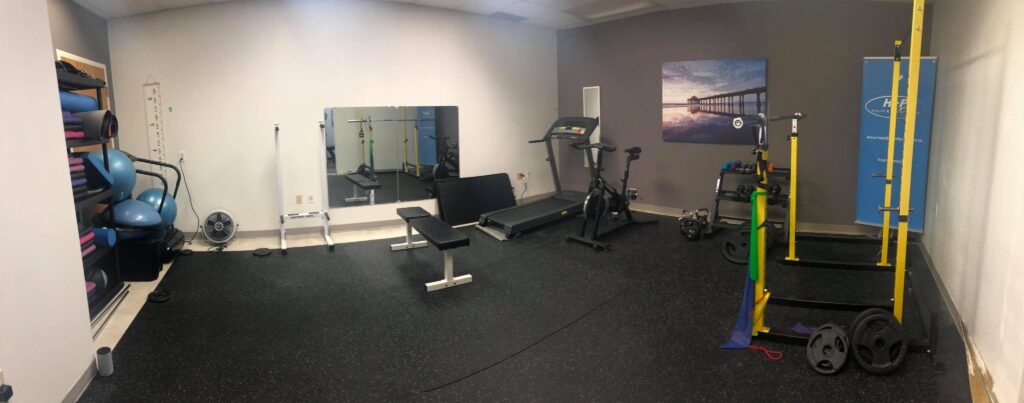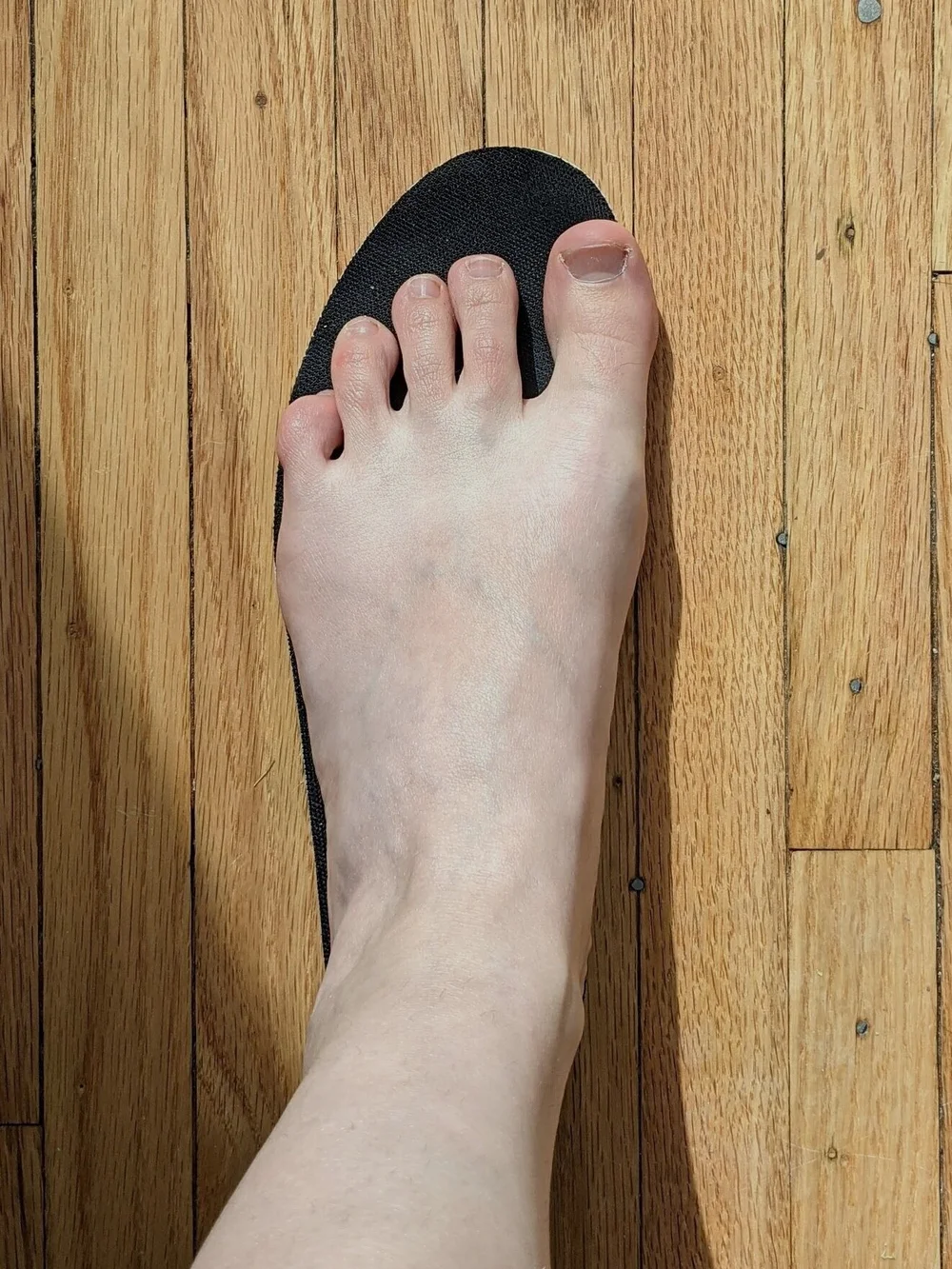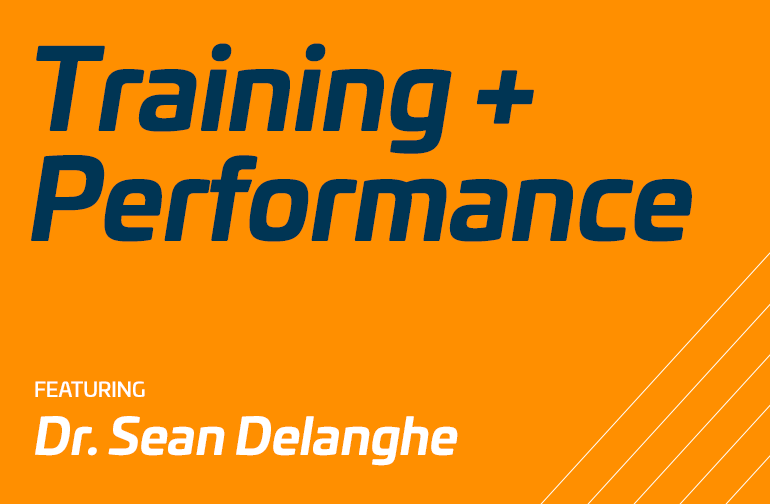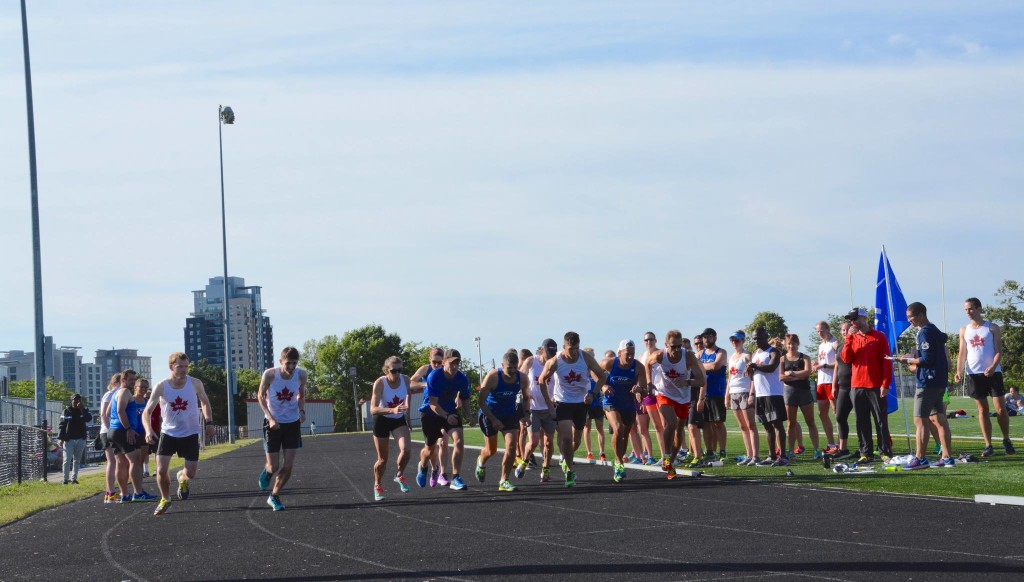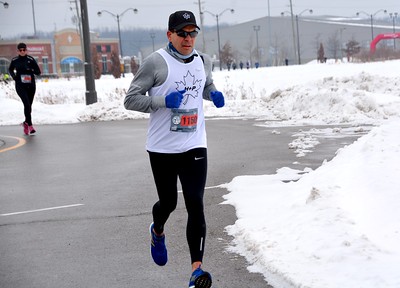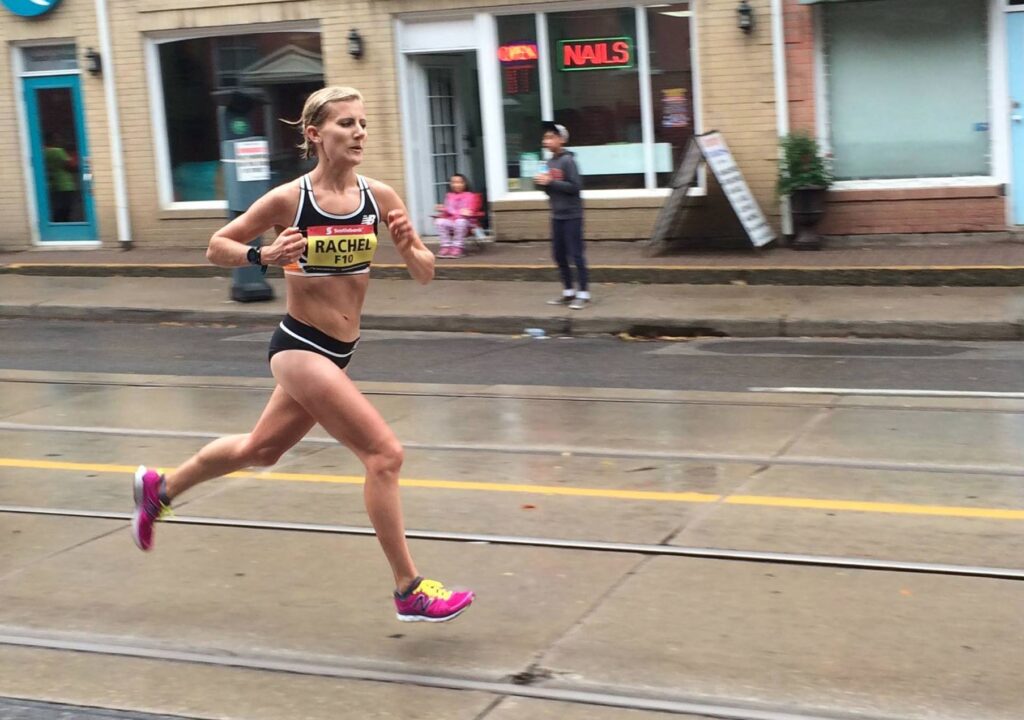
By Rachel Hannah, RD, DIP. Sports Nutrition IOC
There are a lot of myths around carb loading. That confusion mixed with pre-race nerves, and you’ve got a recipe for a tummy disaster. But carb loading is actually pretty straightforward. There are a few key numbers and rules to follow so that you’ll have all the energy you need to start your quest for that big marathon breakthrough.
What is this “carb loading” I keep hearing about?
First, let’s start with removing the shroud of mystery around the carb load. What the heck is it, and why do marathon runners do it?
Simply put, to carb load is to put a bigger emphasis on getting in an increased ratio of carbohydrates in a couple of crucial days leading up to a big distance race of over about two hours, like a half-marathon for most, and certainly a marathon. The reason for doing this is to make sure your body is full stocked with something called glycogen, which is the energy used by your muscles to fire during your run.
Glycogen is your storage form of carbohydrates and the body can only store up to a certain amount, making fuelling throughout a Marathon distance race very important. Ever heard of the infamous “wall” runners hit when the marathon gets really tough? That wall goes up typically when your body is depleted of glycogen. It’s why races put Gatorade on the course, and its why runners stuff their faces with pancakes the day before the race.
Pancakes… sounds like fun! But how do you get carb loading just right?
Make a Plan
When working with athletes of all ability levels or going into my own marathons, the first thing I do is make a carb loading plan. It’s not necessarily a menu of exactly what to eat, but more of an outline of when to start the load, examples of great food options, and specific numbers that are easy to calculate so that its clear just how many carbs are needed each day before the big race.
Here’s what it looks like:
You should start your carb load 36-48 hours before race morning. So, if the marathon is on a Sunday, begin focusing on carb-rich foods on Friday at breakfast. You’ll hear about athletes going on a “carb depletion” diet for the week leading up to the marathon, starving themselves of glycogen so that, supposedly, their body will horde the sugars thrown at it during the carb load. There are conflicting studies on this strategy, and the science is leading towards saying it produces a negative outcome in most situations, so just eat normally for the period leading up to the carb load.
Keep your calorie intake relatively normal
A common myth is that you should stuff your face during the carb load. This may cause some serious tummy issues and water retention, so instead, just focus on getting the percentage of carbs within each meal and snack to overwhelm the ratio to protein and fat. Fat intake should be kept low (<20% of calories) during the carb load, but you should focus on getting a consistent amount of protein at every meal and snack like you normally would.
Because you’ve reduced you the amount of exercise during the taper, if you maintain your peak season diet, you should be coming in pretty well stocked up on calories.
Focus on the Math
Here’s the magical formula to follow during the carb load:
8-12 g/kg of your body weight of carbs per 24 hours.
So, if you weigh 65 kg (or just over 140 lb.) you should be consuming about the middle range of that formula, meaning 650 g of carbs in a day. A small banana has 14 g of carbs, so you’ll have your work cut out for you to get them all in without starting to hate certain go-to snacks. You’re going to have to find simple ways to make sure you get that amount all in.
Eat what you love
Stick with things you enjoy eating, and I mean really enjoy. Carb loading is the opposite of what you typically would eat to stay healthy. I also need to add carbs that I wouldn’t normally add during the load. This may sound ridiculous, but I will even bring packets of jam or honey with me, and smear them on things like crackers and bread if I feel I’m not hitting my goal carb number for the day.
Use a fitness tracker
Keeping track of all those carbs can be daunting. I recommend either doing the math in advance and making a meal plan for that 48 hours (think of it as fun; you get to eat waffles and maple syrup for dinner!) or use a basic calorie counting app. I rely pretty heavily on MyFitnessPal, a free and fairly detailed nutrition tracking app you can get on your phone that will do the math for you.
Beware of fibre
Crushing carbs can be fun, but you have to be mindful of those with loads of fibre. You’ll want to focus on simple carbs for this crucial 36-48-hour period. You don’t want to pack your guts with fibre before heading to the start line, for obvious reasons.
On the eve of the race, switch to liquid carbs, like fruit juices or sports drink, in order to keep your stomach in check while continuing to get those glycogen stores stocked. Choosing the sports drink you will use during your race is a good idea the night before.
Spread Your Snacking Out
Aim to eat about five or six times per day, spread out, particularly if you have pre-race nerves and your digestion is slowed down. Focus on eating every three-four hours, but feel free to snack a bit in between and take in fluid.
See the carb load as the final fun workout
Just like training, view the carb load as a sort of food workout. Stick to your numbers, stay focused and see it as the final building block in order to have a big breakthrough in your goal race.
Rachel Hannah is a Pan Am Games medallist in the marathon and a registered dietitian. Learn more about her HERE or book online HERE.

